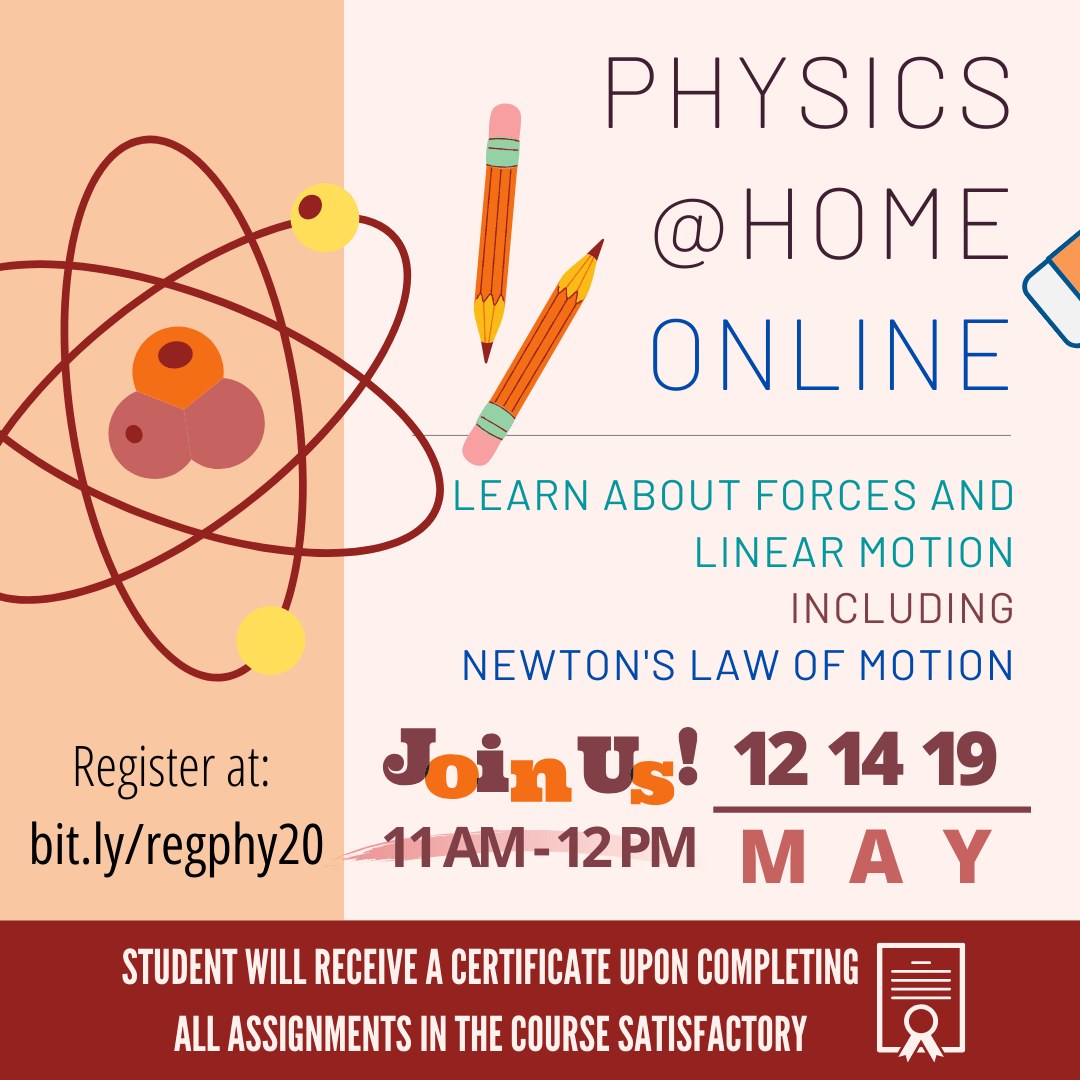

Unfortunately, despite over a decade of similar searches, no WIMPs have been detected by either experiment. If such a particle were to pass through the tank, it would interact with the xenon and produce a flash of light that is picked up by detectors. For example, dark matter experiments LUX and XENON1T use a large tank of liquid xenon to find experimental evidence for the existence of a hypothetical dark matter particle called a WIMP, or a W eakly I nteracting M assive P article. Many experiments have been designed to look for these new particles. Rather, the most probable explanation for this evidence would be the existence of as-of-yet undiscovered particles that behave and interact differently than those outlined in the SM. It is unlikely that dark matter consists of any of the particles in the SM. However, we can infer the presence of dark matter through its gravitational interaction with normal, light-reflecting matter, which results in anomalies like altered galaxy rotation curves. One of the limitations of the Standard Model is the existence of dark matter : mysterious masses of matter that do not reflect light and are thus invisible to the naked eye and telescopes. Some other particles such as muons can only be created artificially in the lab, while neutrinos are ubiquitous around us but so tiny that they rarely interact with anything they pass through. Protons and neutrons that we regularly encounter around us are made of combinations of quarks. Figure 2: The 17 fundamental particles of the Standard Model.

But, as we shall see, this theory has some fundamental problems, as it fails to explain major natural phenomena in our universe. In almost all of our experiments, we have not been able to find definite signs of new physics beyond the SM. The SM currently represents our best understanding of the universe. Its latest major victory was the discovery of a new particle called the Higgs boson – the last fundamental particle proposed by the model that had not previously been directly observed. As a theory, the SM has been very accurate, giving predictions that have been borne out by multiple experiments.

Throughout the 20th century, particle physics progressed rapidly, from Rutherford’s discovery of the structure of the atom (1911) all the way to the development of the Standard Model (SM), a theoretical framework that incorporates the 17 types of known fundamental particles and their interactions (Figure 2). The nucleus consists of neutrons and protons, which in turn consist of quarks bound together by gluons.

Ordinary objects are made of atoms, which consist of a nucleus and orbiting electrons. Figure 1: The connection between everyday matter and the subatomic realm. While we cannot see any of these particles with our naked eye, they give rise to the nature and properties of all the macro-level matter around us (Figure 1). Others such as electrons are considered fundamental particles in their own right. Some subatomic particles like protons and neutrons are made of fundamental particles called quarks. These include protons, neutrons, and electrons, which are the basic constituents of most naturally occurring matter, as well as more obscure particles such as muons and neutrinos, which can only be produced in significant amounts artificially. Particle physics is the study of subatomic particles and their interactions with one another. Why does particle physics conclude that the universe shouldn’t exist? In this article, we will explore the most widely accepted theory in particle physics – the Standard Model- our inability to find any significant new physics beyond it, and the implications for our overall understanding of the universe. And neither you nor I would be around to read this text. Nothing else would remain – no stars, planets or galaxies. This is a radical claim! But if the current theories that underlie particle physics are correct and complete, then the Big Bang that birthed the universe would have simply resulted in a massive flash of light. Particle physics says that the universe shouldn’t exist.


 0 kommentar(er)
0 kommentar(er)
